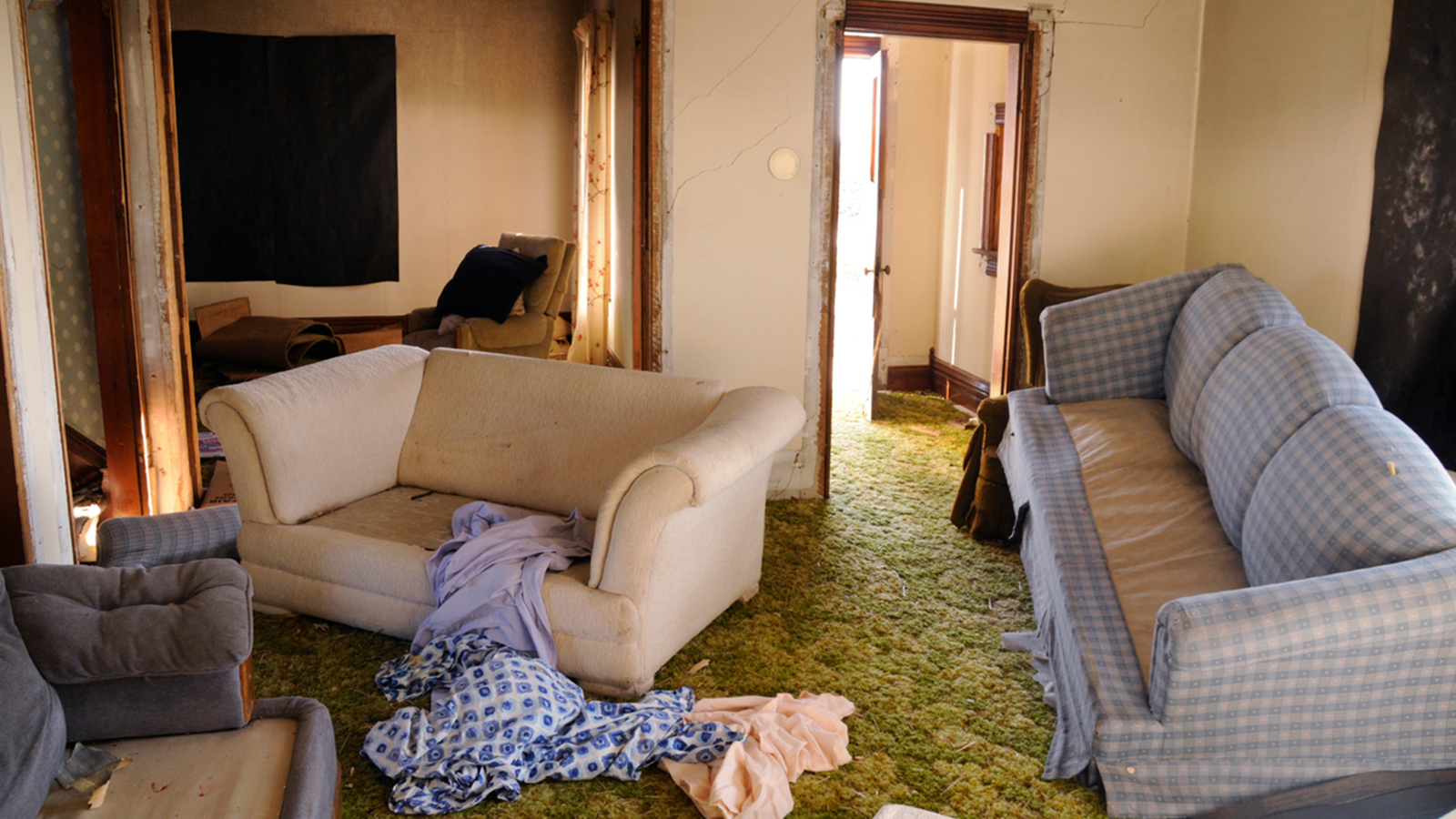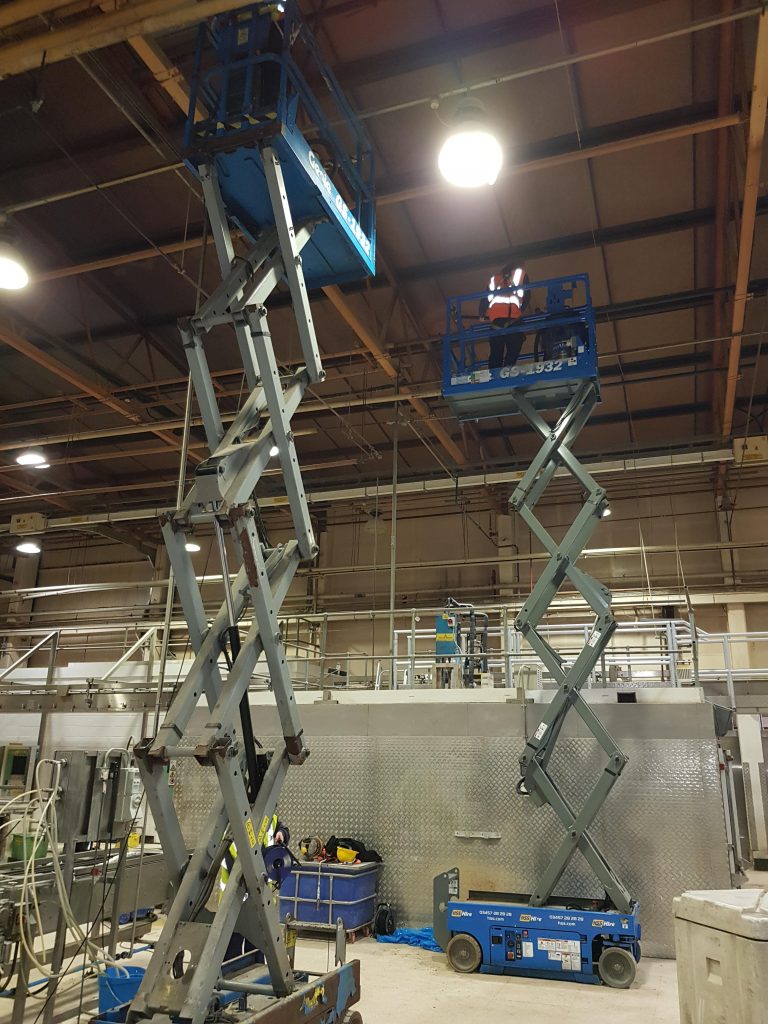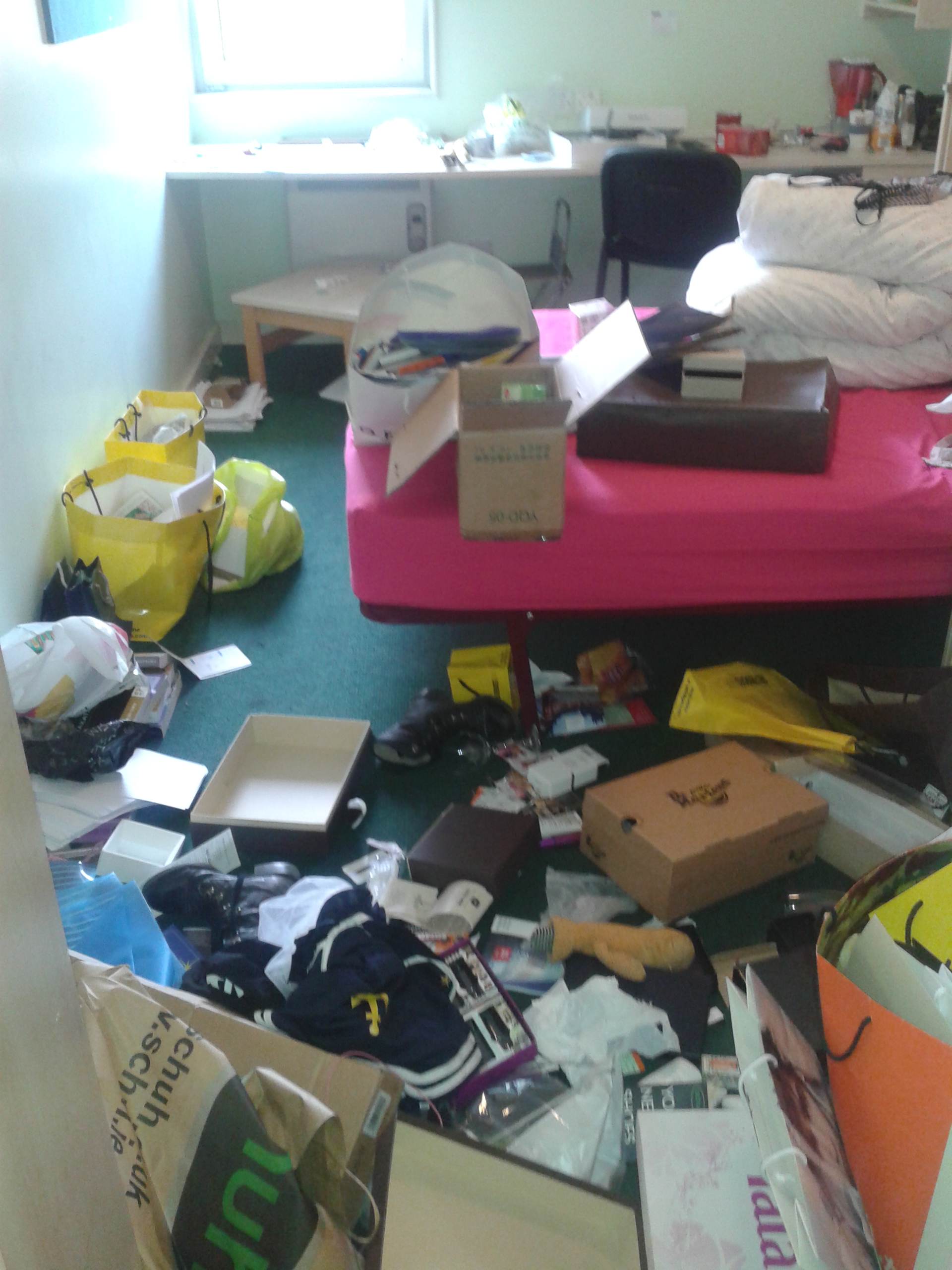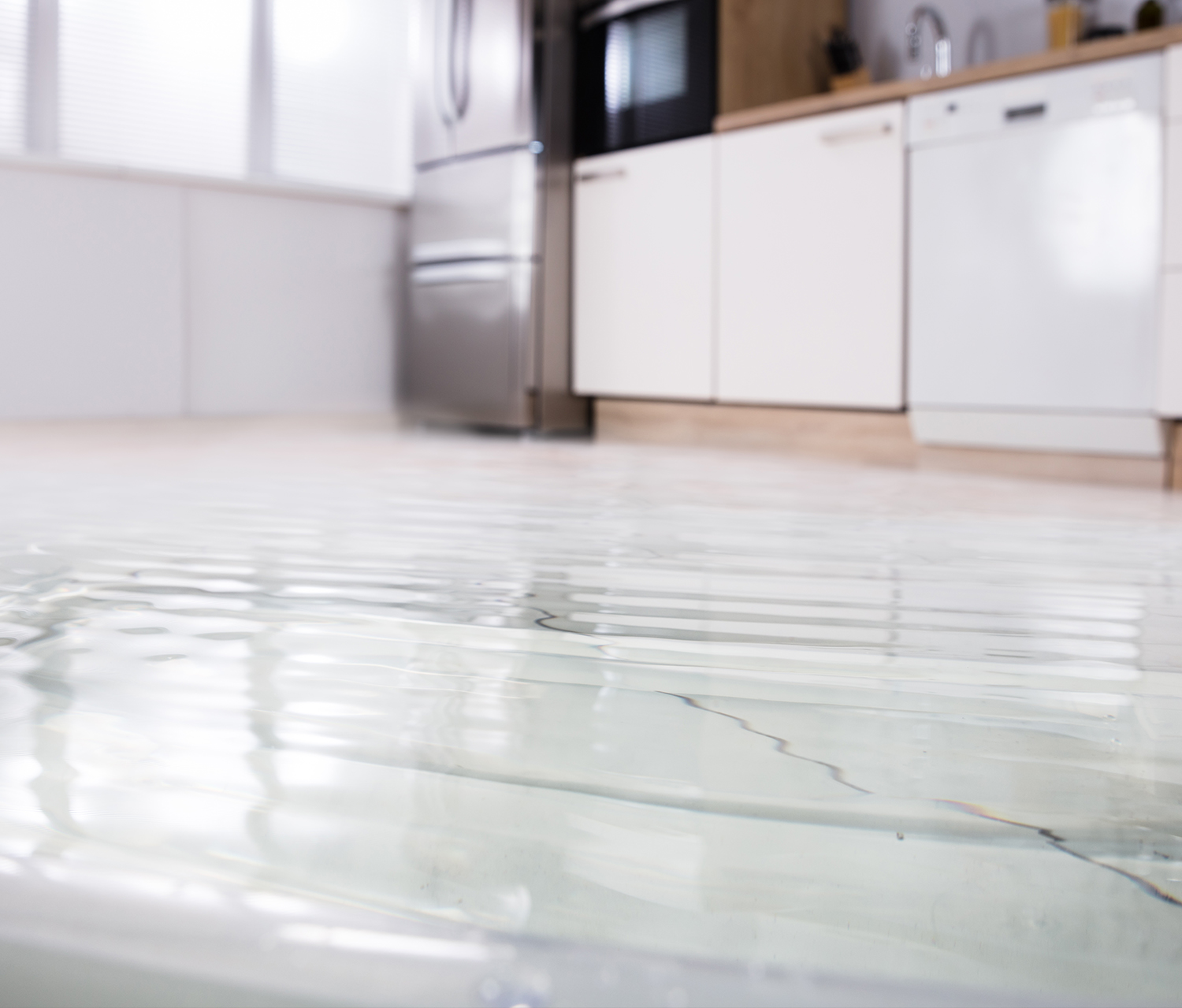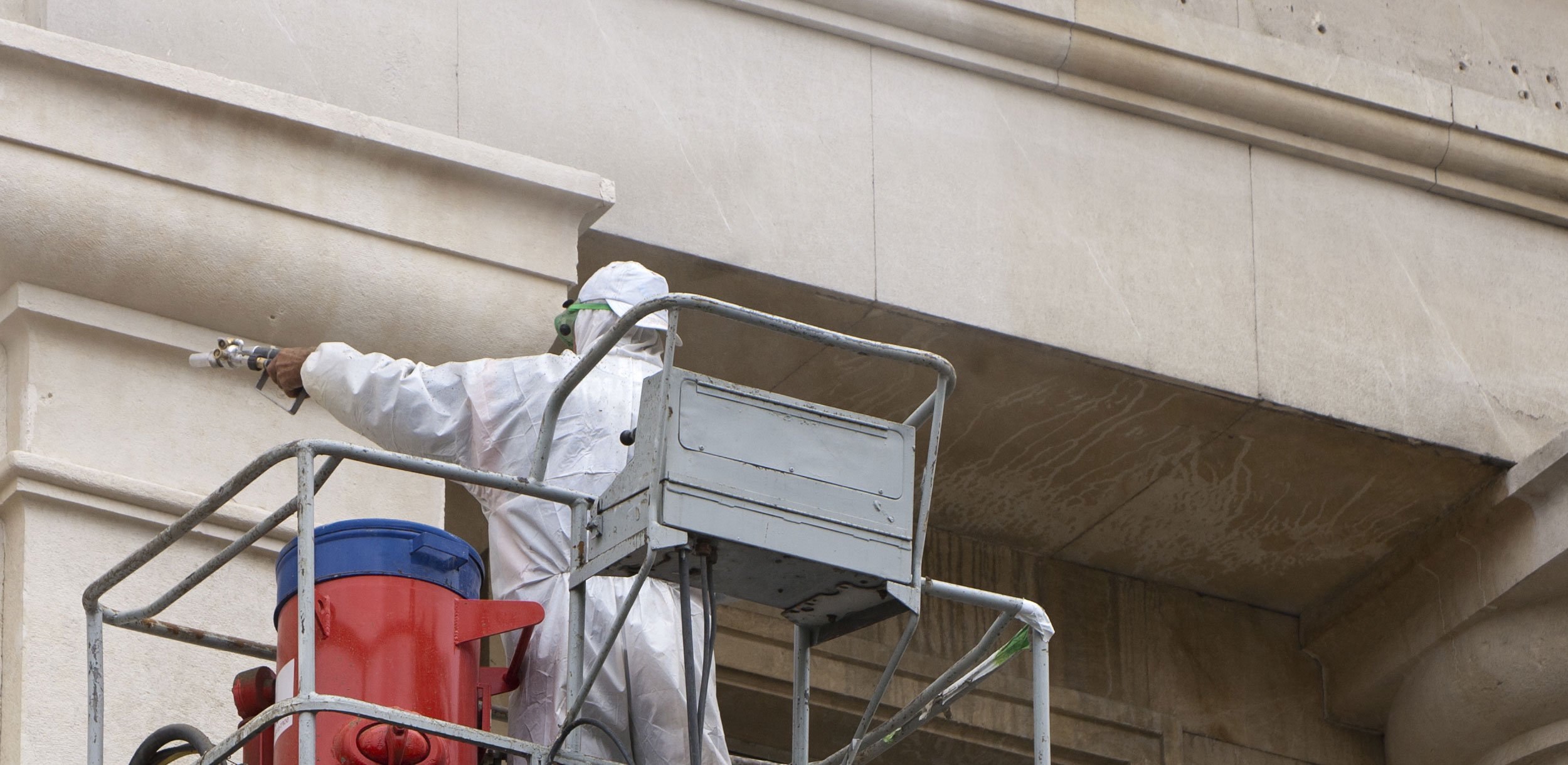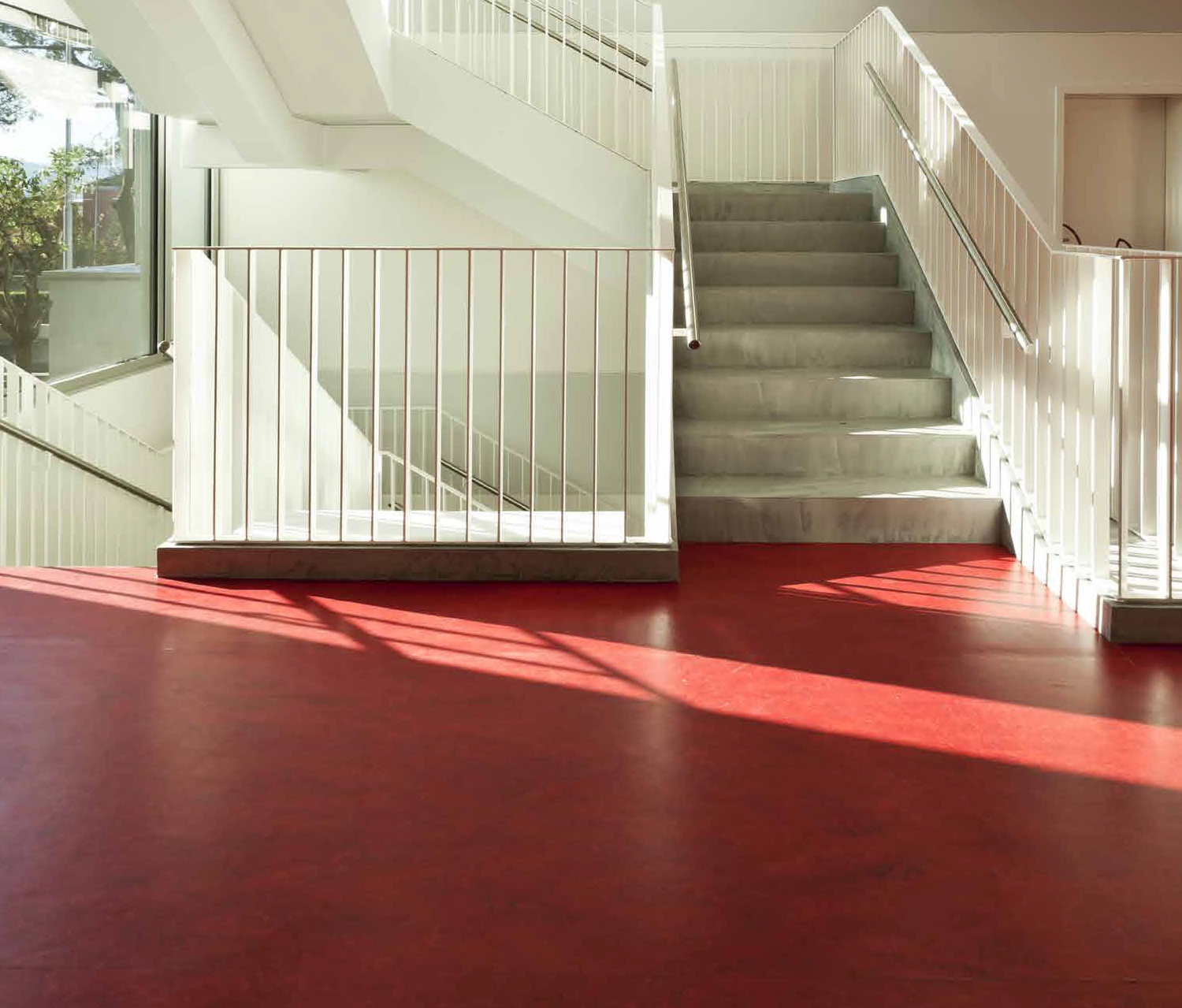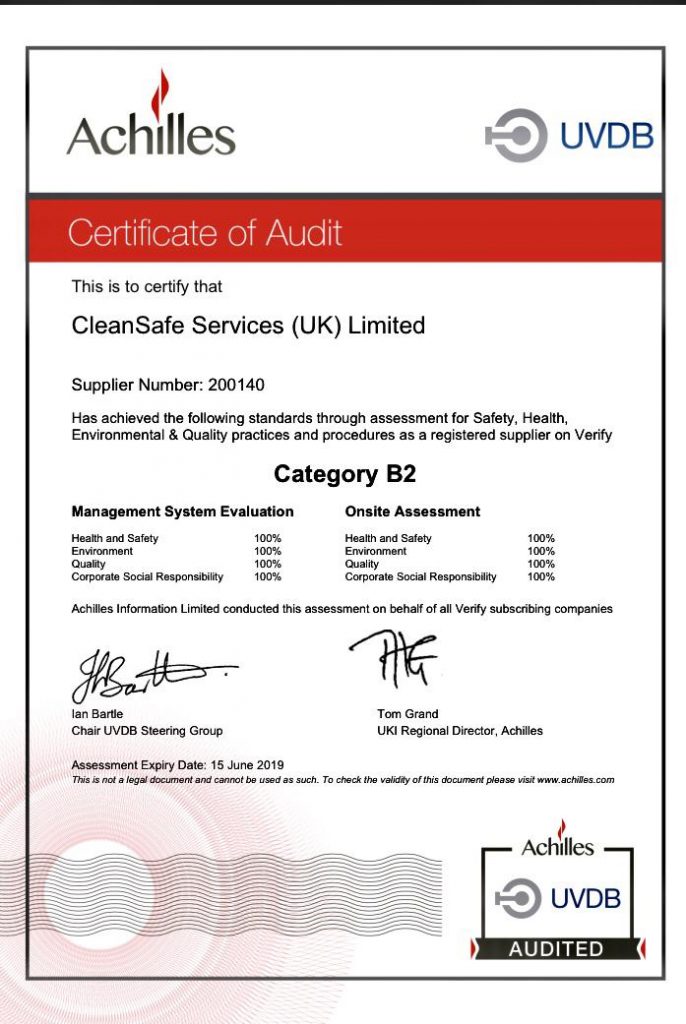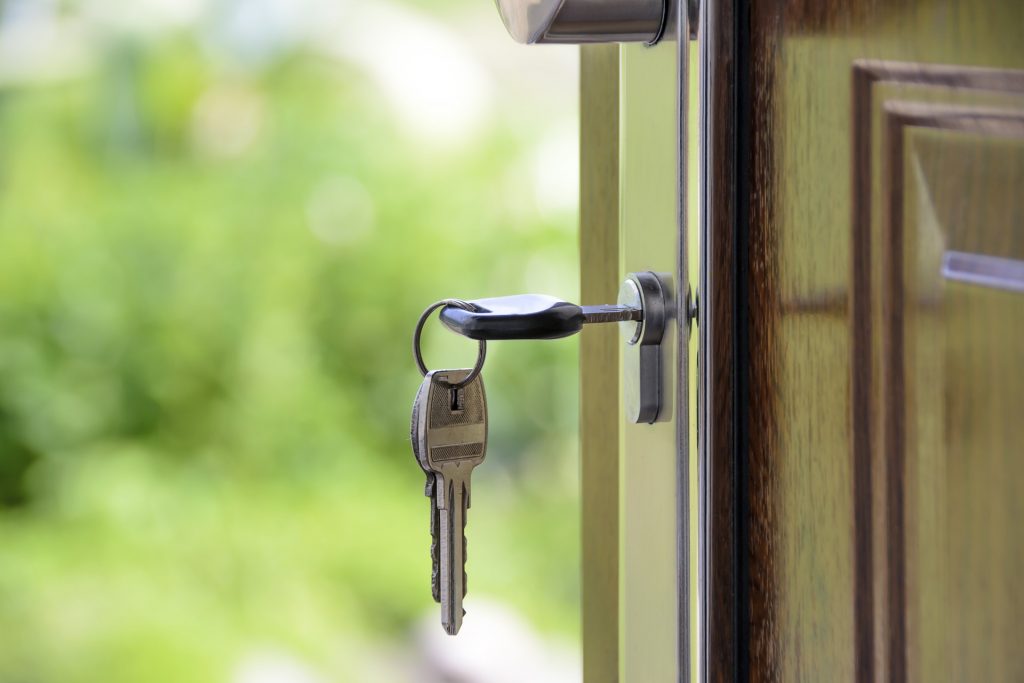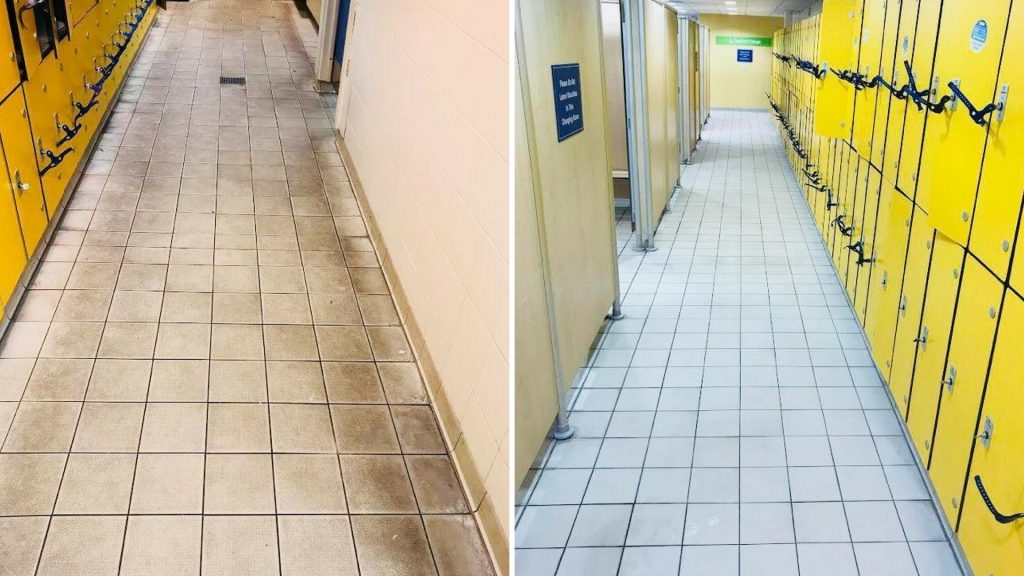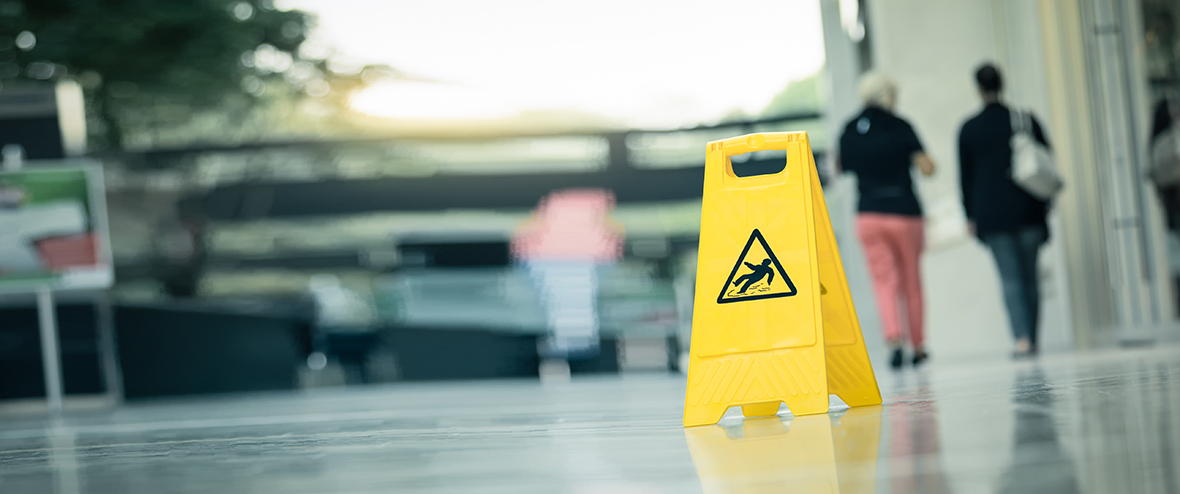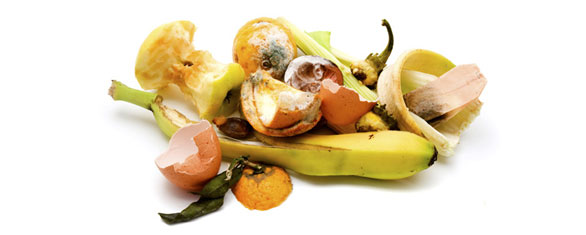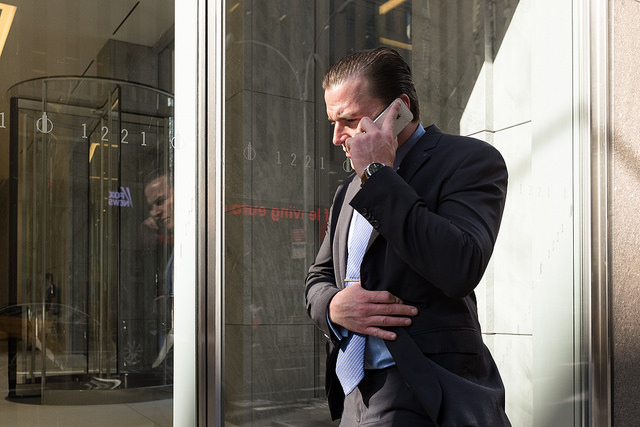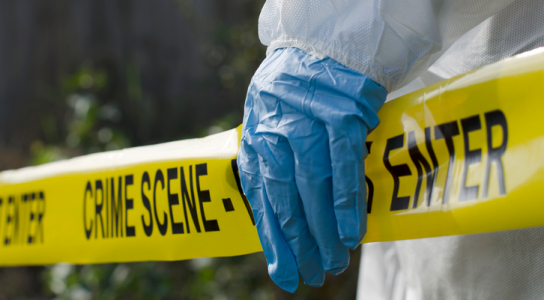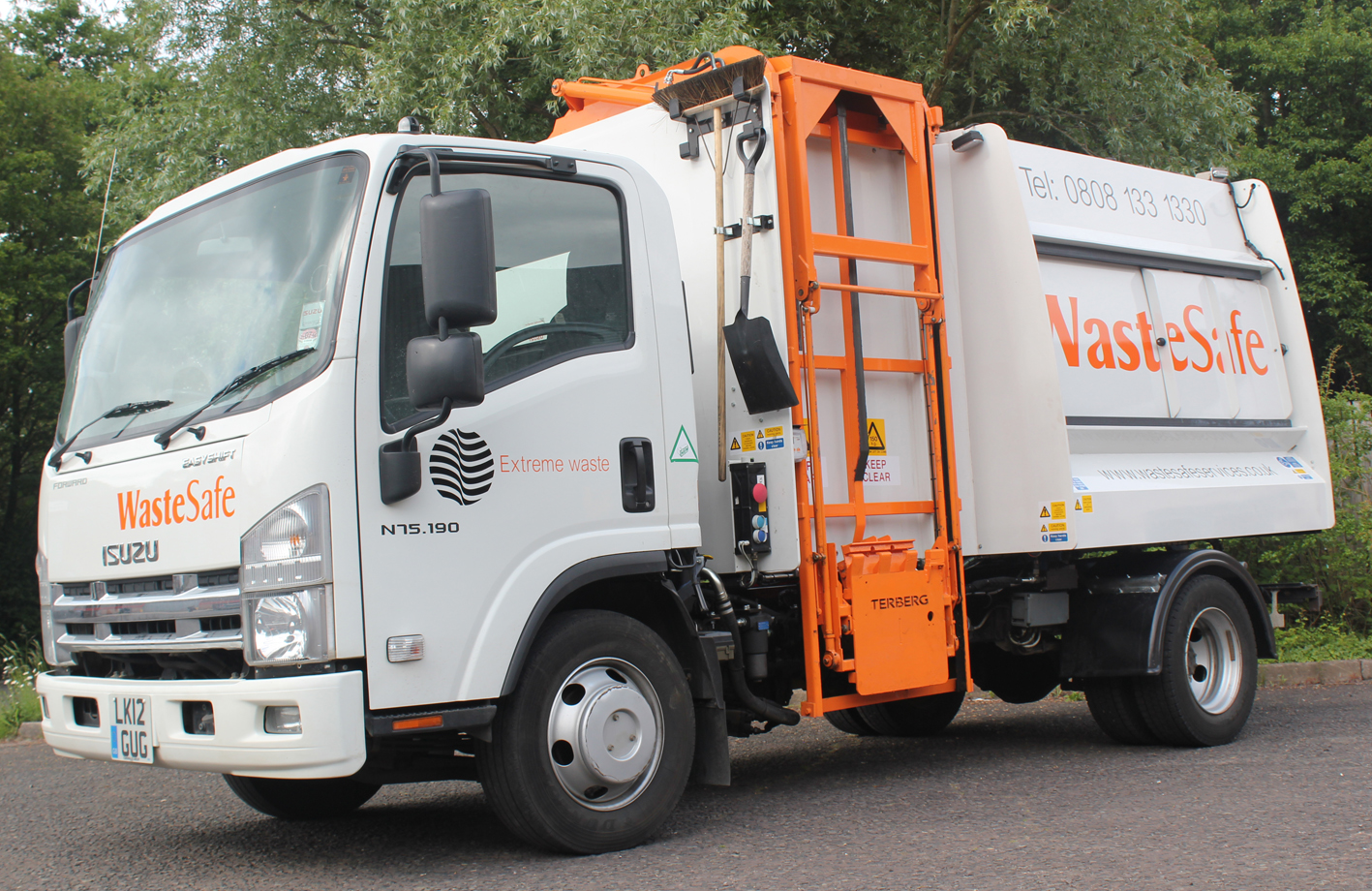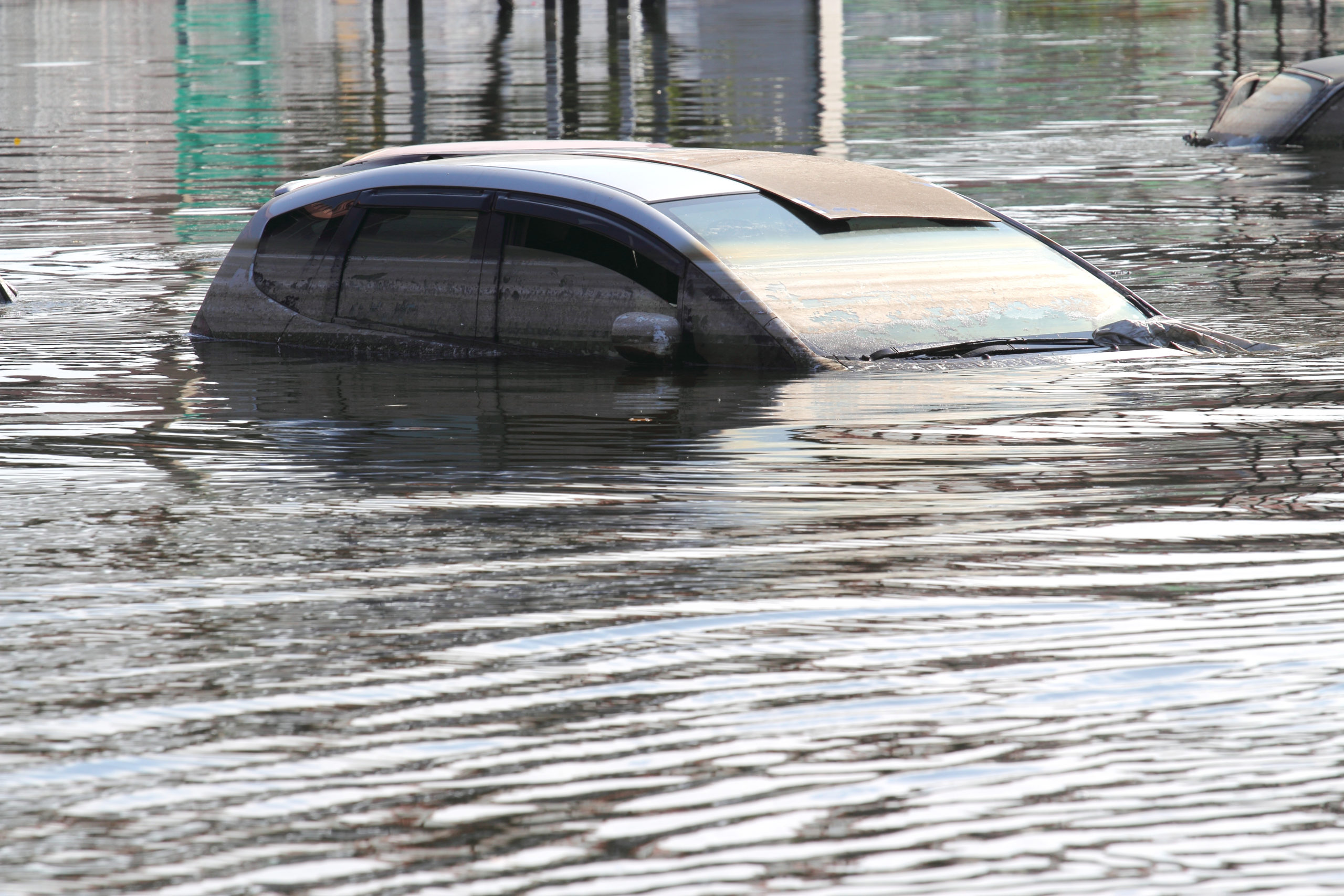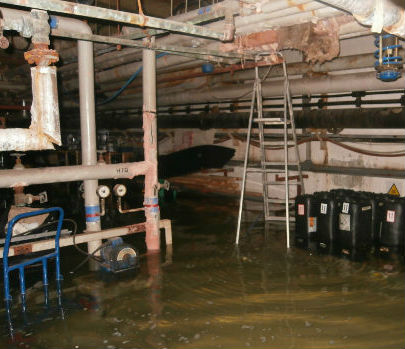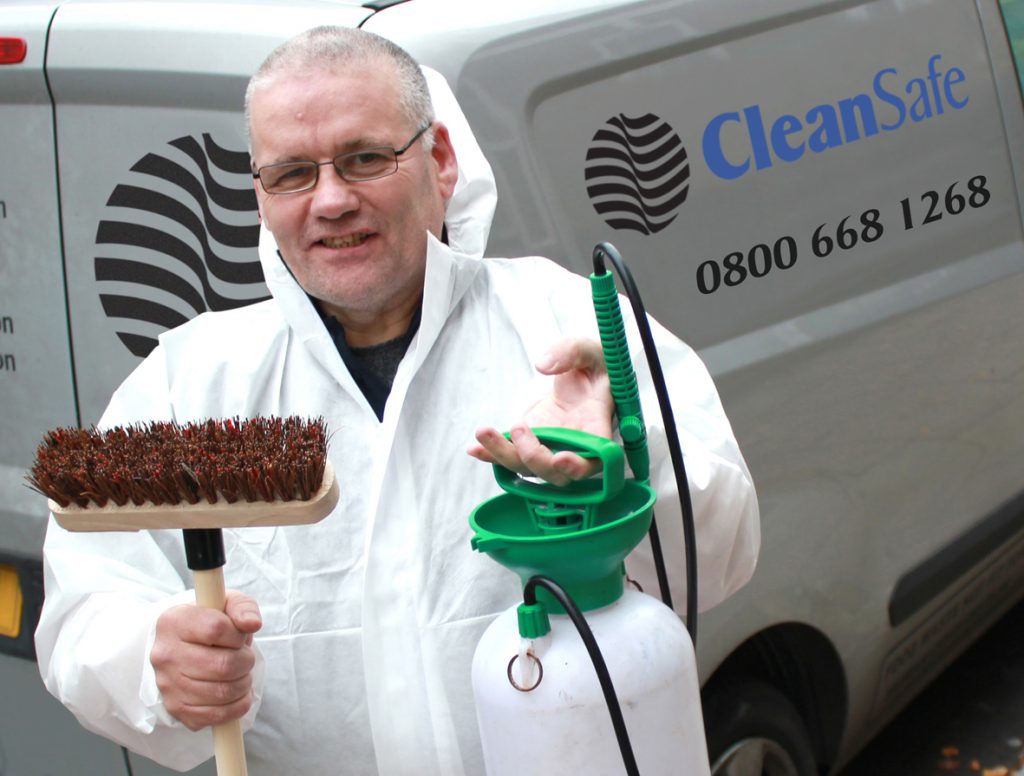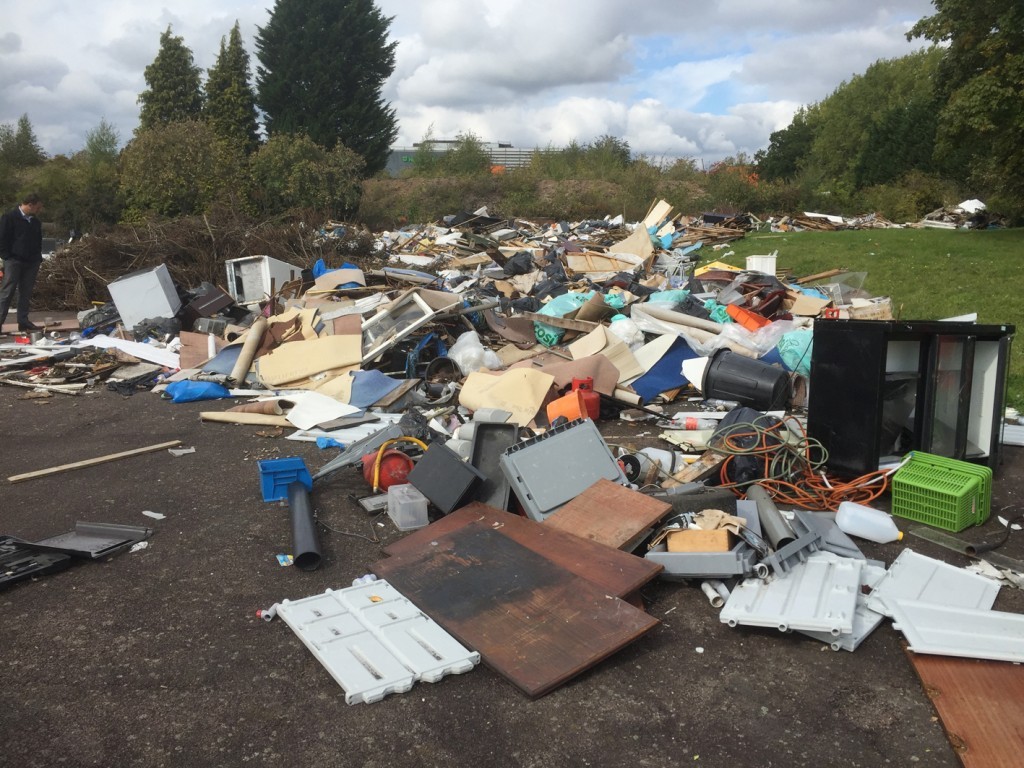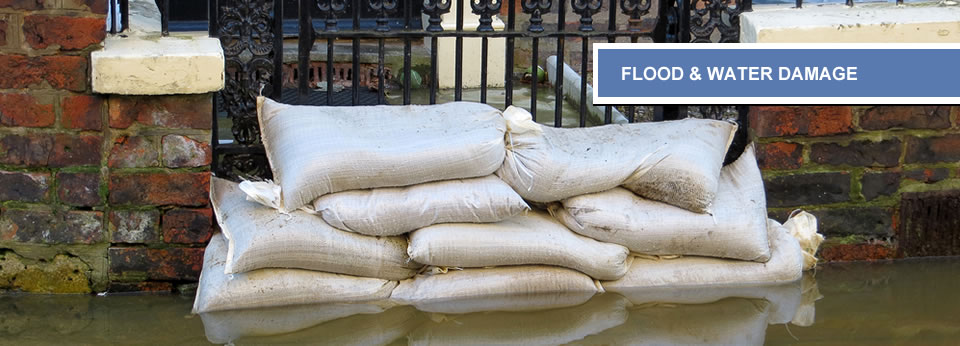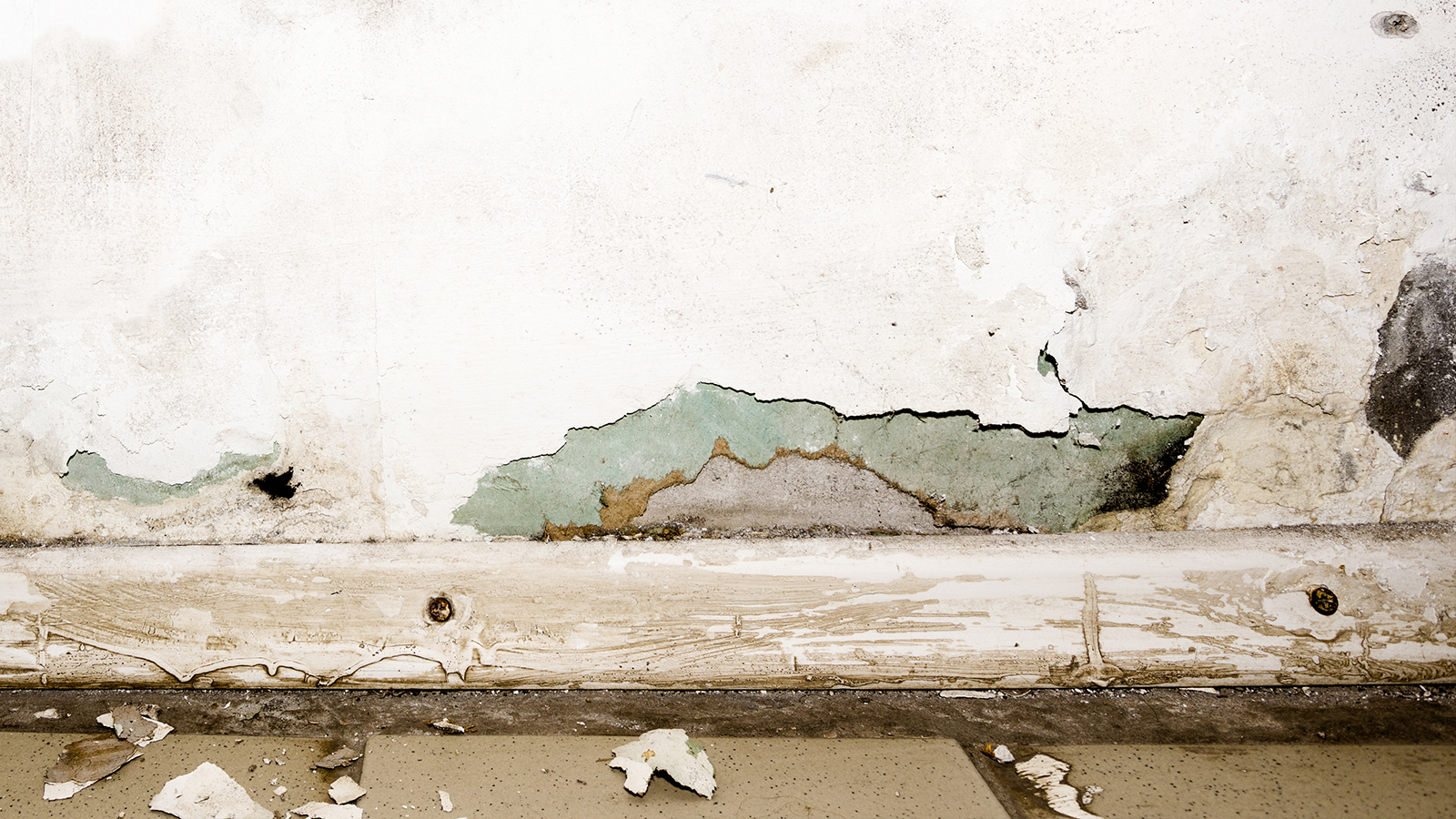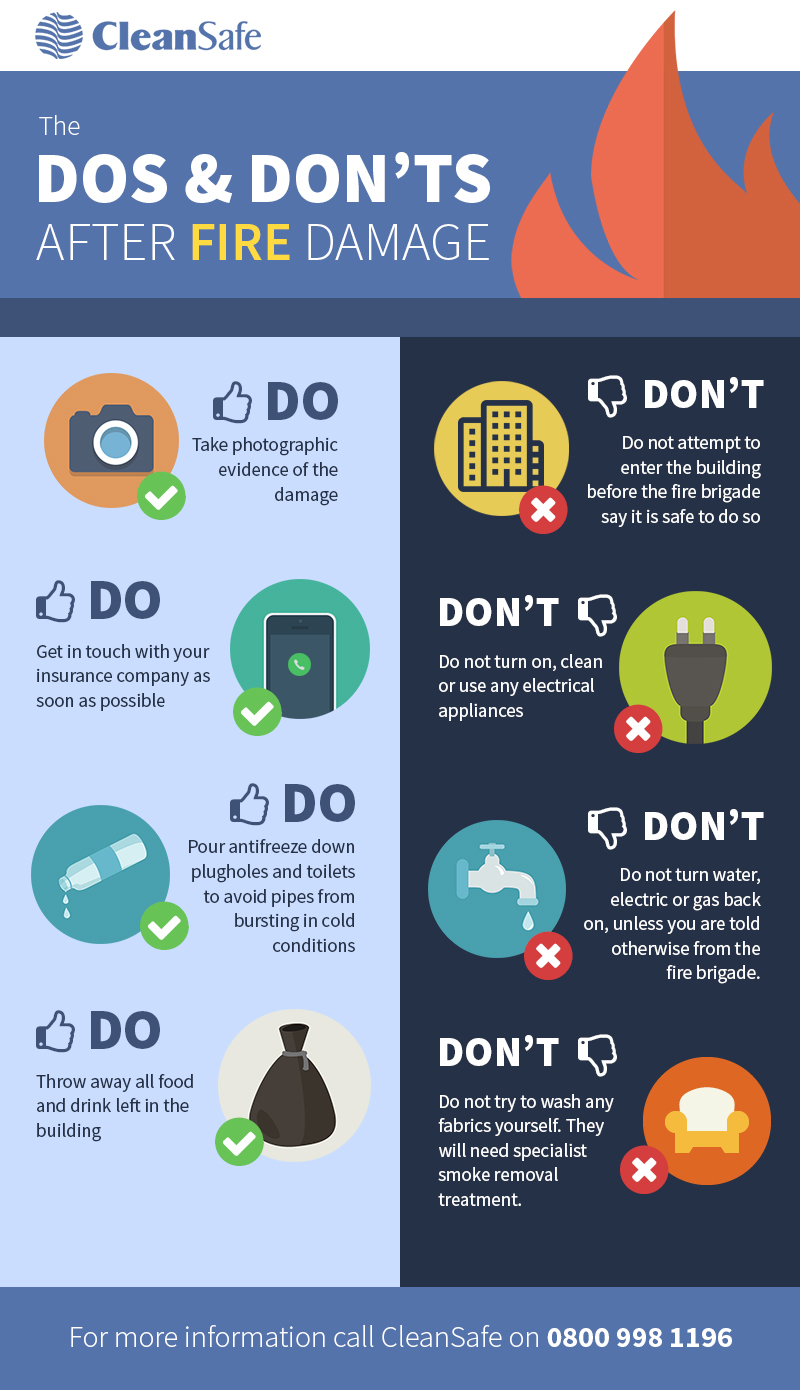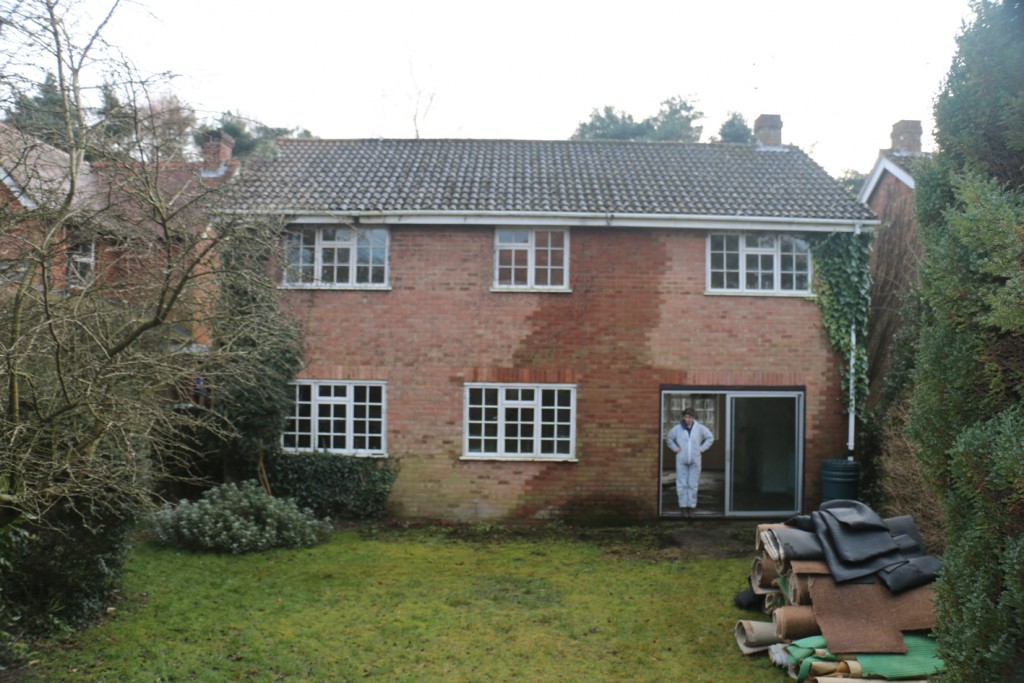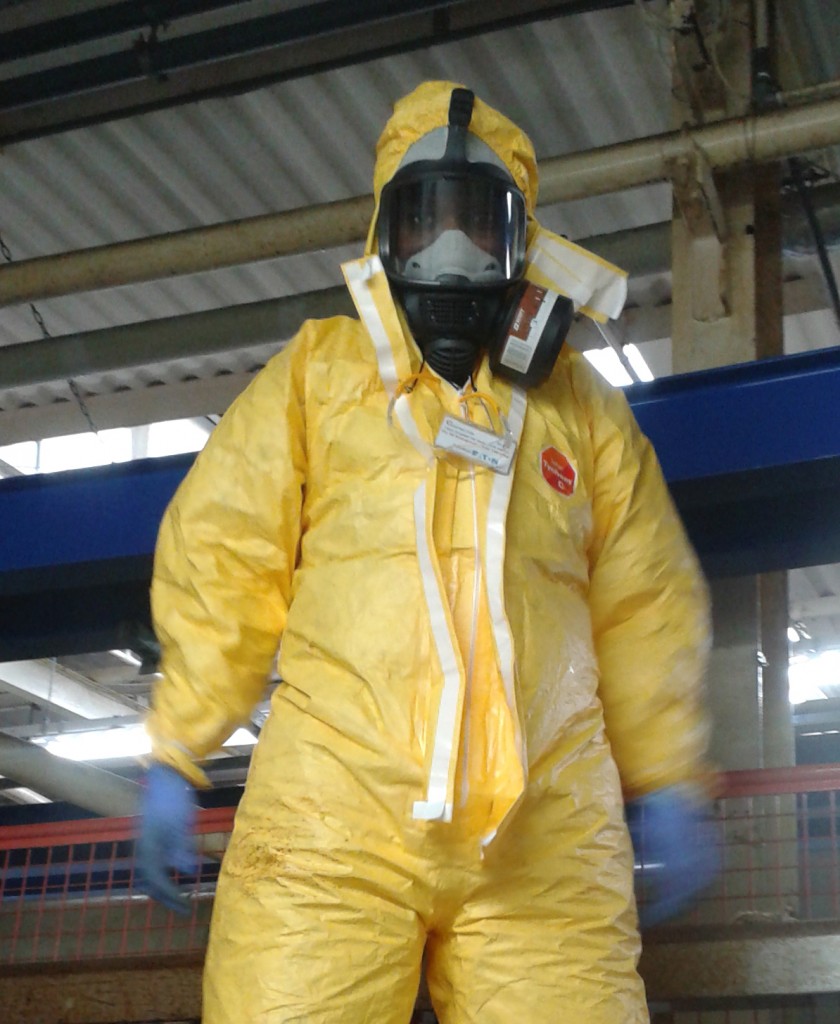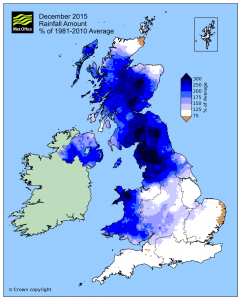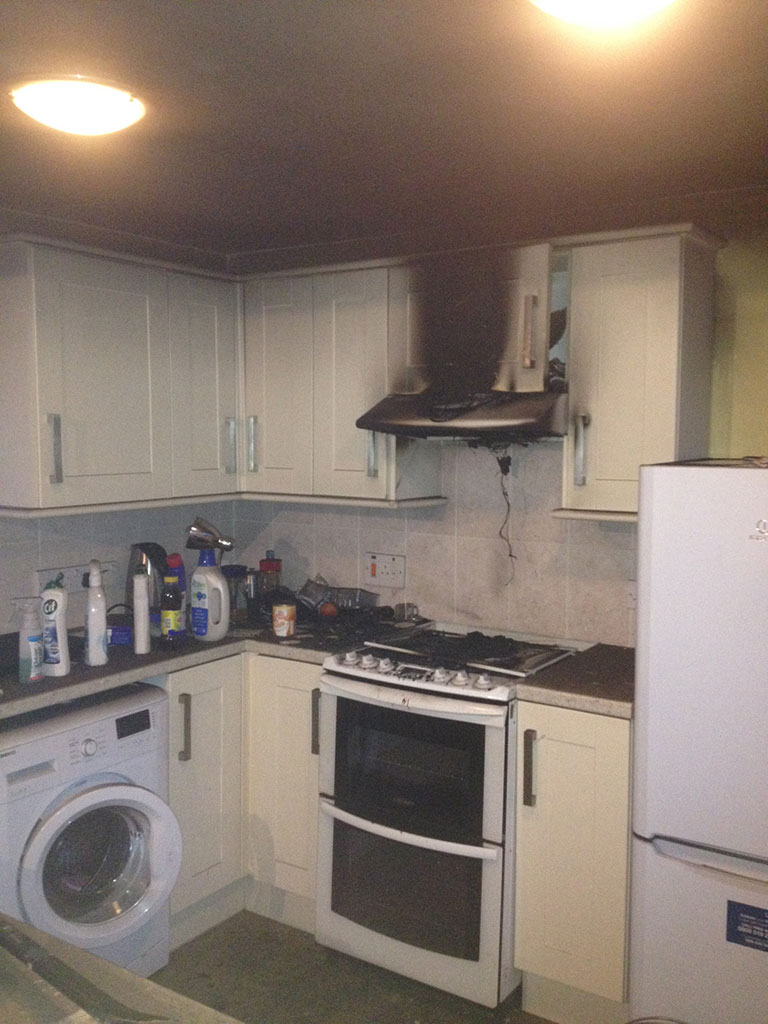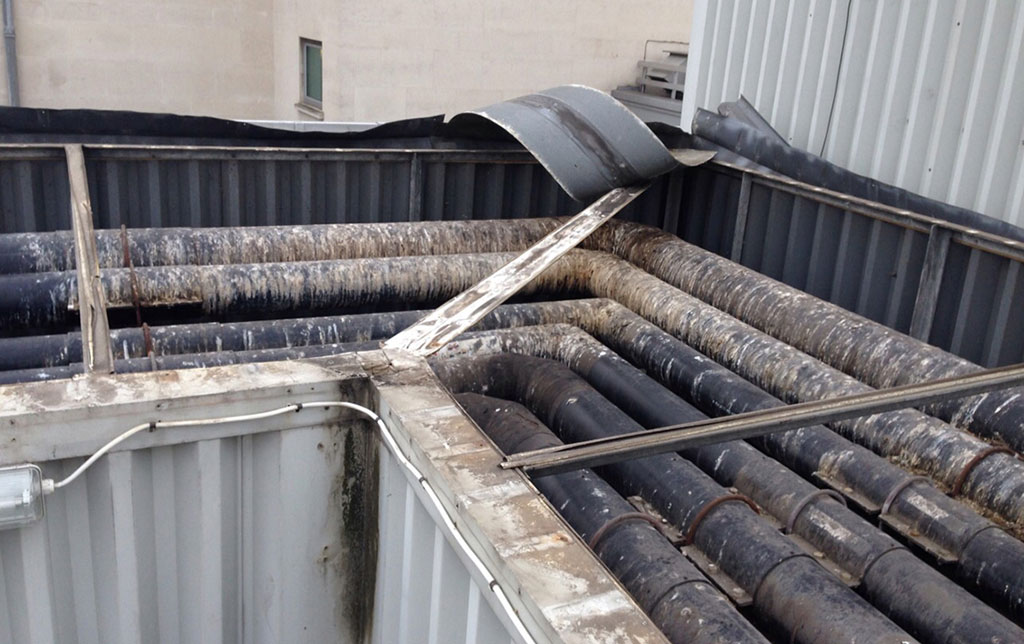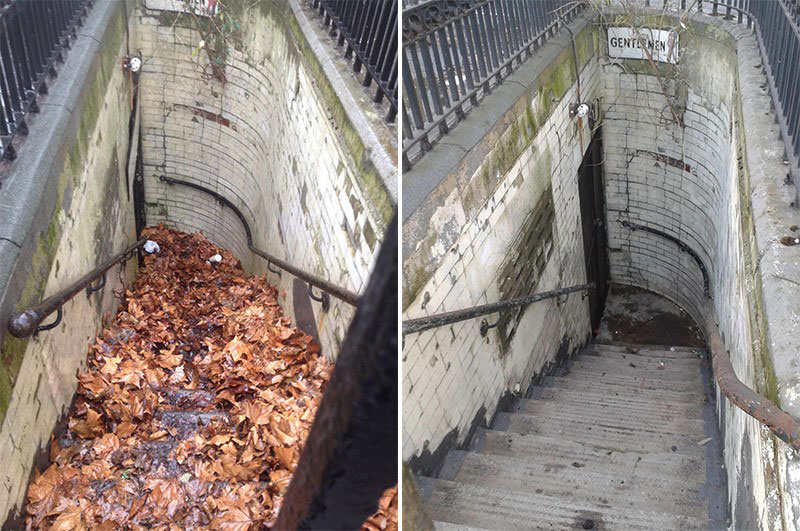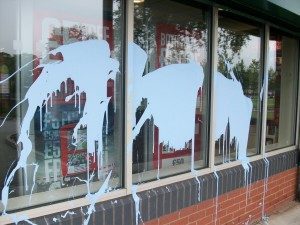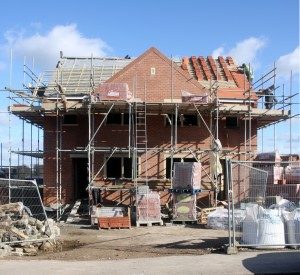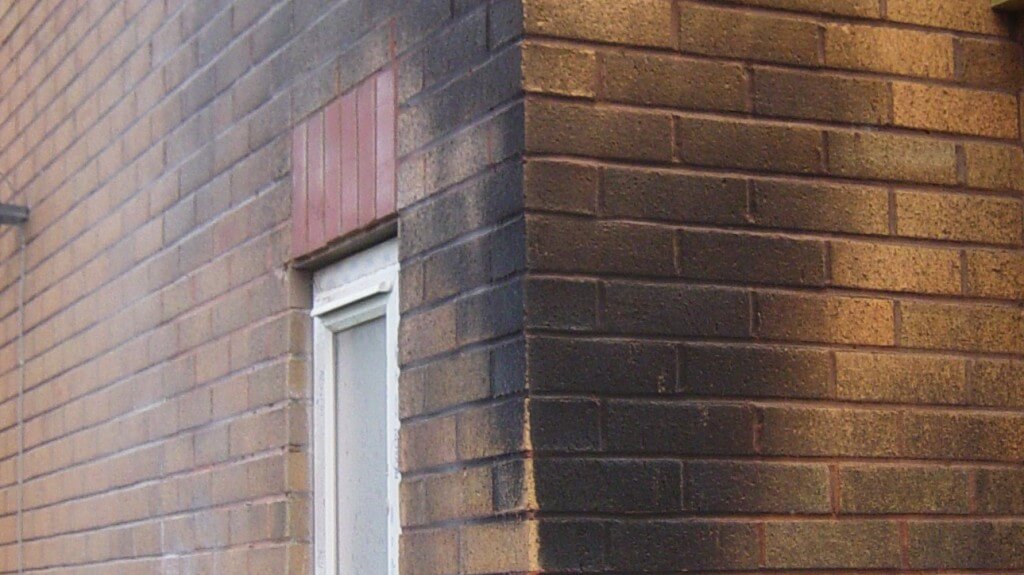If you’ve suffered flood water damage in your home, you should contact your insurer as soon as possible and follow their instructions. You should document the damage but make sure that you stay safe.
Whether you’ve been flooded by a storm or a burst pipe, it’s likely that you’ll have suffered quite a bit of damage. The severity of the damage will be determined by a number of factors, such as the type of flood, the duration, and how high the waters reached.
Here are some of the different types of flood water damage that you may experience in your home.
Damage to windows and doors
Wooden windows and doors may swell up from taking on excess water, making them stick in the frames and become unusable. In cases of foundation damage, the frames may warp and twist, sometimes even breaking the glass. If the flood was caused by a storm, debris may have been thrown through the glass by high winds or fast-moving water.
Damage to walls
Most types of insulation are made from foam or fibre, which absorb water. If your insulation has got wet, it must be replaced to prevent mould inside your walls. Plaster may dry out, but wet wallpaper is a breeding ground for mould and should be removed.
Damage to electrics
Any plug sockets or switches that were submerged must be replaced. Saltwater is corrosive, so this type of flooding can cause a lot of damage to your electrical wiring. While freshwater isn’t corrosive, it’s not good for your electrics either. You need to get the electrical system assessed by an electrician or building inspector to confirm its safety.
Damage to appliances
Appliances that are insulated, such as fridges, freezers and ovens, often can’t be salvaged, as the water gets into the insulation. Other appliances might be okay to use once they have dried out, but you should always get a professional to check them. If you’re in doubt, throw them out and buy new ones to be safe.
Damage to furniture
Upholstery and soft furnishings should be thrown away if they are contaminated with floodwater. Along with the risk of mould and mildew, the water is teeming with bacteria, microorganisms and contaminants that would require really thorough cleaning. If you have any particularly valuable items, you can try to salvage them with thorough cleaning, but it will likely cost more to clean most items than to simply replace them. Cheaper furniture made of chipboard will likely break down after absorbing the water, whereas solid wood, metal or plastic items should be okay if they are properly cleaned and dried.
Damage to flooring
Flood damaged carpets are incredibly hard to properly clean and dry so should just be removed. Wood flooring might be okay if you look after it. By removing some of the floorboards, you can allow for expansion of the wood without warping, putting them back when everything has dried out. Tile floors should just require a thorough cleaning if they are made of nonporous material, whereas laminate flooring will most likely peel apart.
Damage to the foundation
In cases of serious flooding, water can erode the soil underneath the house, causing the foundation slab to shift. If the soil contains a lot of clay, which expands unevenly, this can also cause the foundations to lift or crack. These movements may lead to burst pipes, cracked walls or a sagging roof. You should never enter a structure that appears cracked or crooked following a flood.
Flood water damage cleaning from CleanSafe
We’re here 24/7 to deal with the aftermath of flood water damage in your home or business. We are experts in flood cleanup operations, including cleaning, decontaminating and drying the building to ensure that it is safe.
Contact CleanSafe online or call us on 0800 668 1268.

